Apache:
The Apache originated in the Southwest. This includes the region from central Arizona throughout northern Mexico. The Apache culture relied a lot on buffalo, as they used all of the parts for different things such as food, tools, clothing and more. In the Apache culture after a man and woman were married they would both move into the home of the wife. Apaches first interacted with Spanish explorers late in the 1500's, however the conflict between them would not arise until around the mid 1800's. The Apache were then forced into the Rio reservation were they would stay for many years until being released when only 200 of them were able to return. The modern day Apache live with the Yavapi people in a nation called the Yavapi-Apache nation.
Cherokee:
The Cherokee nation used to span throughout a lot of the southern United States. The Cherokee along with many other Southeastern nations played a sport or game that they invented called Chunkey. This game was played with two competitors and a ball and sticks. The first interaction between the Cherokee in settlers was in the mid 1500's. The Spanish settlers were looking for gold and conflicts arose quickly. The Cherokee nation actually sent a chief to Washington to discuss the option of treaties with the government of the United States. These attempts failed, however, the nation was relocated to Oklahoma where they settled in and gained around 7,000 square miles of land.
Navajo:
The Navajo originated in Canada, however, they migrated to the Southwestern United States near the four corners area. Once there they settled in with the Apache and other Pueblo tribes. Eventually, the Navajo started to become more independent of these other nations. Once they finally came into contact with American troops around 1850 the troops tried to force the Navajo into a reservation. Due to the lack of compliance by the Navajo they were forced to walk all the way across New Mexico in a well known journey called "The Long Walk". Despite all of the challenges faced by the Navajo in 1868 they signed a treaty with the US Government. They are now the largest Indian nation with over 200,000 members.
Arapaho:
The Arapaho are actually native to Northern Colorado and Wyoming. They survived primarily off of the buffalo by following them location to location. The first contact happened in the early 1800's. Due to competition for gold in the area the Arapaho were forced off of their land. Around 1860 there was a treaty created by the US that was not agreed upon by the Navajo. Due to this a giant massacre known as the Sand Creek massacre happened leaving many dead Arapaho in its wake. Today the Arapaho reside in the Wind River reservation in Wyoming.
Seminole:
The Seminole tribe is well known for their ability to tell great stories and recall many details. They are descendants of Creek people. One crazy thing about the Seminole tribe people is that they were known to speak seven different languages. The Seminoles began with a small nation of a little over 1,000. However they quickly grew to a population exceeding 5,000. At the hand of American troops many Indians were exterminated. Many Seminoles were pushed to the east were they were forced to reside in the wet Florida land. Despite the harsh environment they were able to survive by hunting, trapping and trading.
http://nativeamerican-art.com/sitebuilder/images/headdress2-164x244.jpg
http://americanindianoriginals.com/sitebuilder/images/apache_indian-268x164.jpg
http://upload.wikimedia.org/wikipedia/commons/e/ea/Apache_bride.jpg
http://www.old-picture.com/indians/pictures/Apache-Indian-Girl.jpg
http://www.omaha.lib.ne.us/transmiss/clean/tmi00640c.jpeg
http://www.learner.org/interactives/historymap/images/arapaho.jpg
http://upload.wikimedia.org/wikipedia/commons/8/85/Flag_of_Arapaho_Nation.svg
http://www.telcomhistory.org/vm/Images/main/931Exhibit/LocalHistory/SmokeSignals/ArapahoCamp.jpg
https://s-media-cache-ak0.pinimg.com/236x/29/4d/ae/294daee842218eee66f1445de838d244.jpg
http://images.fineartamerica.com/images-medium-large/cherokee-nicole-zeug.jpg
http://justinfriedrich.weebly.com/uploads/6/1/3/2/6132604/5044250.jpg
http://upload.wikimedia.org/wikipedia/commons/3/36/Hogan_Navajo.jpg
https://www.windows2universe.org/mythology/images/navajo.jpg
http://www.navajobusiness.com/fastFacts/images/usmap.jpg
http://nativejewelrylit.com/sitebuilder/images/authentic-image19-431x393.jpg
http://www.sonofthesouth.net/american-indians/pictures/seminole/seminole-war-map.jpg
http://upload.wikimedia.org/wikipedia/commons/thumb/f/fb/Coeehajo.jpg/220px-Coeehajo.jpg
http://www.sonofthesouth.net/american-indians/pictures/seminole/seminole-chief.jpg
http://www.sonofthesouth.net/american-indians/pictures/seminole/osceola-big.jpg
http://floridamemory.com/blog/wp-content/uploads/2012/03/n032103.jpg


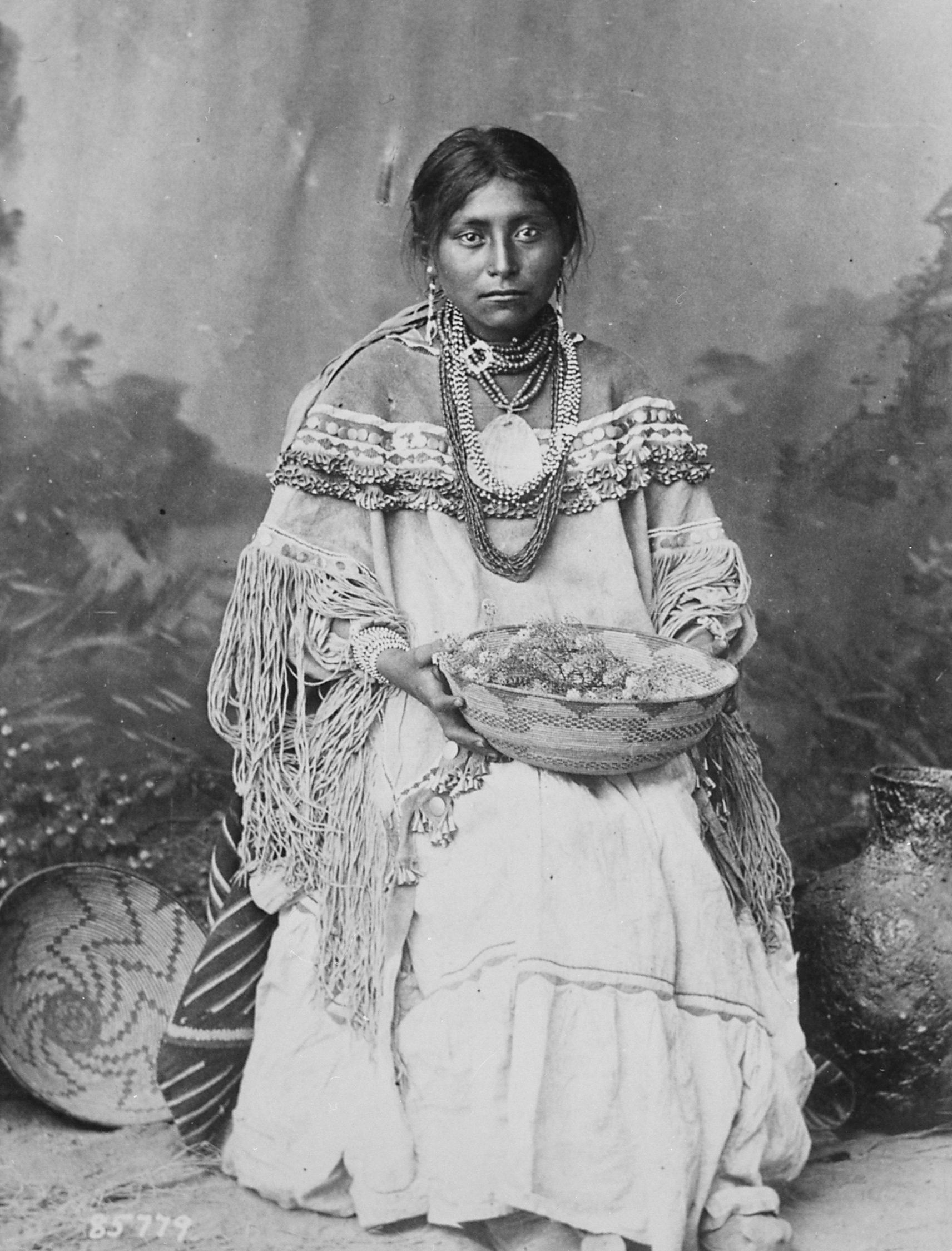


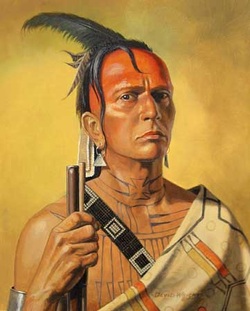


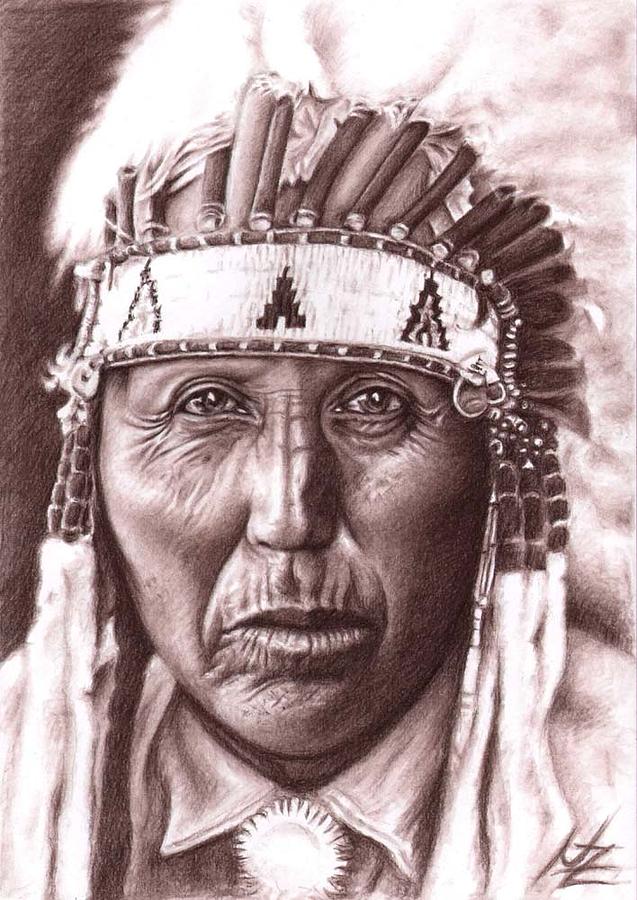











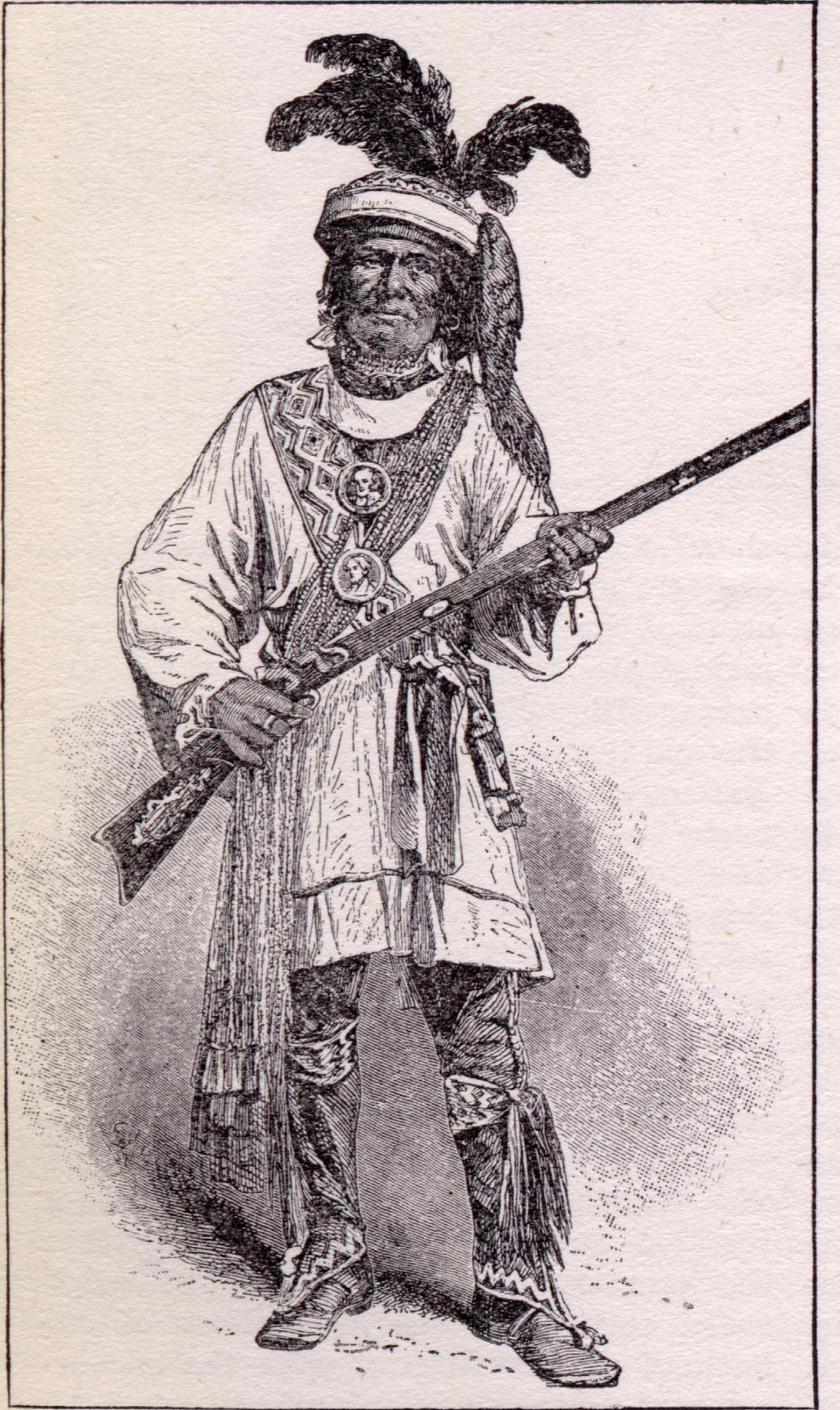
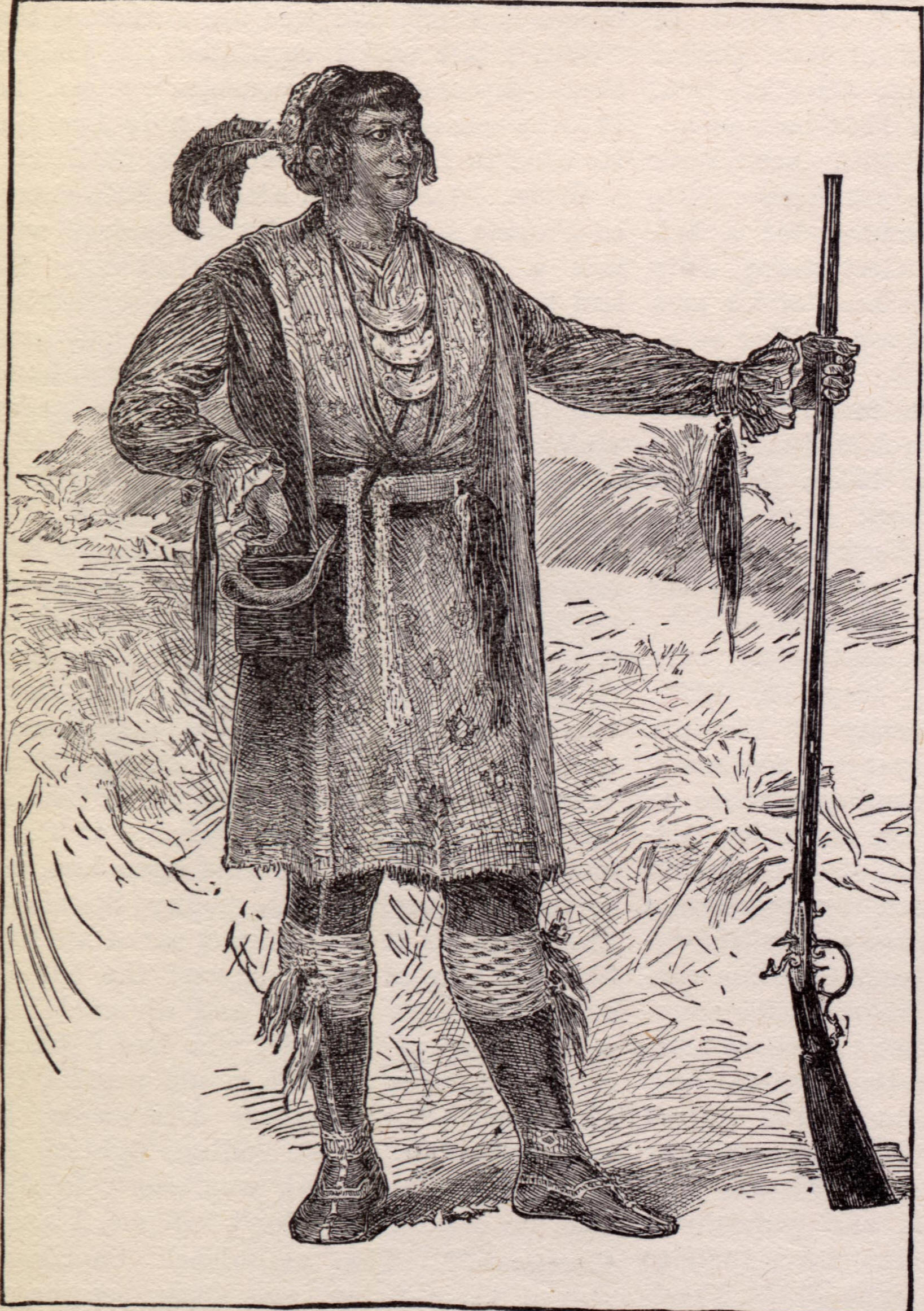

No comments:
Post a Comment